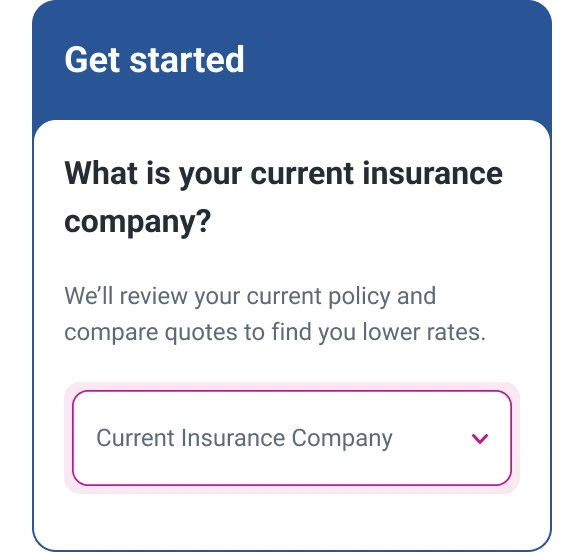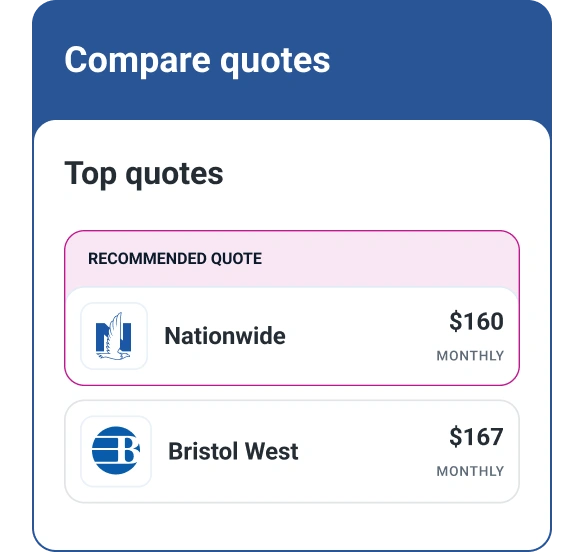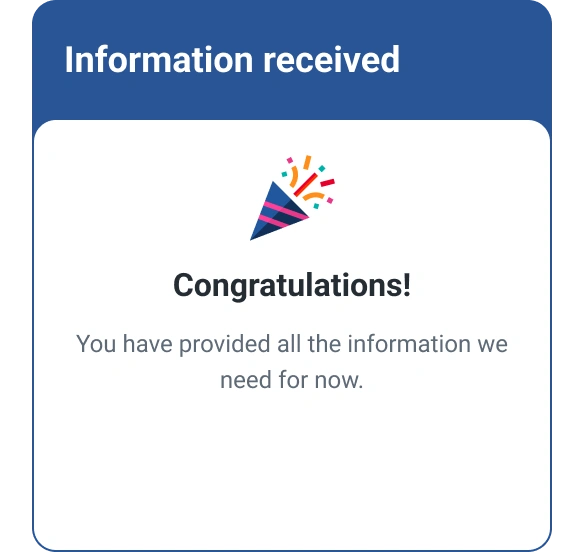Can I Lower My Car Insurance Rates With Safe Driving Apps?

At first glance, "safe driving app" may seem like a bit of a contradiction. After all, using your phone while driving is a recipe for disaster—and in some places, it's illegal. But some apps exist to enhance driving safety, and certain apps from car insurance companies can even help lower the cost of your insurance—if you can stick to safe driving habits.
What Are Safe Driving Apps?
There are several types of safe driving apps out there, some of which have the potential to impact your care insurance rates. The categories include:
- Safety apps for parents of teens: This class of apps is geared toward parents who want to monitor their teen drivers on the road. For instance, the Life360 app, a family safety app, has several features to track driving. It tracks driving habits of each family member, like top speed and phone usage while driving, plus maps of routes and real-time speed monitoring.
- General safety apps: These apps aren't tied to an insurer, but they offer features to help drivers be safer on the road and face fewer distractions. For example, Safest Driver offers driving safety tips, rewards you with stars and lets you compete with friends.
- Insurance company apps: These apps are offered by insurance companies to monitor customers' driving habits, with the incentive of potentially lower rates or discounts for safe driving. Insurance company apps that monitor driving habits include those from State Farm, Allstate and Progressive.
Will Safe Driving Apps Reduce Insurance Costs?
In a word: Maybe. The apps made for general safe driving or monitoring young drivers aren't linked to insurance providers, and won't have a direct impact on your premiums. They can, however, help you be safer on the road and perhaps reduce your chances of an accident that leads to increased premiums.
If you use an app from your car insurance company that tracks your driving habits, you certainly could reduce your costs by avoiding things like speeding, hard braking and distracted driving (such as phone use). Savings vary by company, and they only result if you maintain their safety requirements. For some drivers, use of these apps can backfire if the insurance company deems your driving habits risky and penalizes you with higher rates. Not every insurer does this, though, so always read the program terms first.
Here are some examples of these insurance apps:
- State Farm's Drive Safe & Save: Customers can land up to 30% off by practicing certain driving habits. Signing up earns a discount, as does driving safely and driving less. Your activity won't cause any rate surcharges, only discounts.
- Progressive's Snapshot: This app offers a discount for signing up and customizes your insurance rate based on how much you drive. While unsafe driving habits can increase your rate, cautious driving can lower it. Of drivers who save using the app, Progressive says the average savings is $146 annually.
- Nationwide's SmartRide: Customers get a 10% discount for signing up. It tracks driving usage and behaviors, with safer driving earning up to 40% off rates when your policy renews. Using the app will not result in any premium increases.
- GEICO's DriveEasy: This app tracks your driving behaviors and gives you a personal score, along with tips to improve your skills on the road. GEICO says savvy driving can result in "significant savings"—just be aware that risky driving can cause your rates to go up if you live in certain states.
Other Ways to Save on Car Insurance
If your insurer doesn't offer an app, or you prefer not to use one due to privacy or rate concerns, there are plenty of other ways to reduce your rates:
- Bundle your policies. If you use the same insurer for other types of insurance, such as home, renters or life insurance, you may receive a discount on all of your policies.
- Reconsider your coverage. The more robust your coverage, the greater price you'll pay for car insurance. Research to see what you're minimally required to have, and consider what other types of coverage are important to you. It's possible you may not want to pay extra for comprehensive coverage that protects you from fire, theft or vandalism, especially if you have an old car that's fully paid off—just be aware that you're on your own if these disasters do occur.
- Buy the right car. Auto insurance prices vary depending on the car's age and make, since some are more difficult and complex to repair, while others are more likely to experience theft or damage. Additionally, some insurers charge less for cars with anti-theft devices or other safety features.
- Compare quotes online. With so many insurers available, you can save money by comparing quotes online from several companies. Additionally, some car insurance companies offer cheaper rates when you apply online.
- Seek out other discounts. Research to see what other types of savings you can qualify for. Some insurers offer savings if you pay your premium all at once or if you don't drive a lot. Insurers may reduce rates for certain groups such as federal employees, veterans or service members. You may find that your employer or an organization you belong to has secured a discounted group rate for insurance.
Don't Forget Your Credit
Car insurance policies and payments don't appear on your credit report unless you fail to pay your premium and the amount you owe is sent to collections. However, insurers in many states use a credit-based insurance score to calculate premiums, which is different from your FICO® ScoreΘ but uses some of the same financial criteria.
Some states ban this practice, but if yours doesn't, it could be worth checking your credit and making efforts to improve your credit, since it could help you land a lower rate.
Don’t overpay for auto insurance
If you’re looking for ways to cut back on monthly costs, it could be a good idea to see if you can save on your auto insurance.
Find savingsAbout the author
Emily Starbuck Gerson is a freelance writer who specializes in personal finance, small business, LGBTQ and travel topics. She’s been a journalist for over a decade and has worked as a staff writer at CreditCards.com and NerdWallet. Emily’s work has appeared in CNBC, MarketWatch, Business Insider, USA Today, The Christian Science Monitor and the Chicago Tribute, among other websites and publications.
Read more from Emily Starbuck

